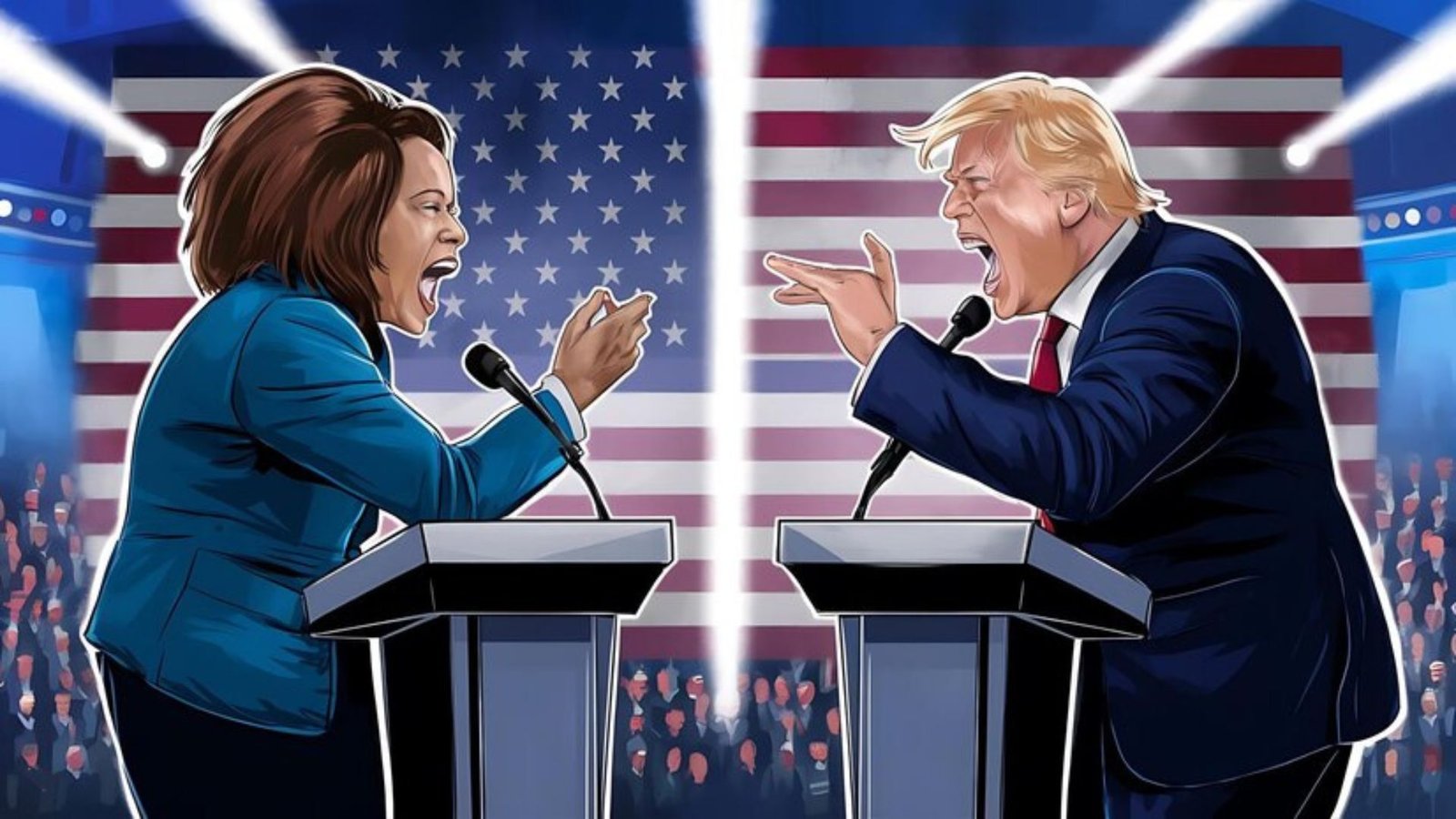G8 Political Cartoon have long served as a powerful medium for commentary and critique, encapsulating complex political dynamics into accessible and often humorous visuals. The G8 summit, a gathering of some of the world’s most influential leaders, provides rich material for cartoonists who seek to highlight issues ranging from global economics to environmental challenges. This article delves into the significance of political cartoons related to the G8, examining how they reflect the nuances of global leadership, public sentiment, and pressing international issues.
The Role of Political Cartoons in Society
Political cartoons play a crucial role in shaping public opinion and fostering dialogue about significant issues. They use satire, humor, and visual storytelling to simplify complex topics, making them relatable to a broader audience. In the context of global summits like the G8, these cartoons can crystallize the public’s feelings about international relations, policy decisions, and the effectiveness of world leaders.
Visual Storytelling
At their core, political cartoons are a form of visual storytelling. They distill multifaceted narratives into single images, often using symbols and caricatures to represent specific leaders or ideologies. For instance, a cartoon depicting a G8 leader drowning in a sea of economic problems might symbolize the overwhelming challenges that nations face in today’s interconnected world.
Humor as a Tool for Critique
Humor is a powerful tool in political commentary. It can soften the harshness of criticism while still delivering a poignant message. G8-related cartoons often leverage humor to underscore contradictions in leadership or the absurdities of political negotiations. This approach not only entertains but also encourages critical thinking among viewers.
Key Themes in G8 Political Cartoons
G8 political cartoons frequently explore several recurring themes that resonate with the public. Understanding these themes can enhance our appreciation of the cartoons’ messages and their relevance to contemporary issues.
Economic Disparities
One of the most prominent themes in G8 cartoons is the stark economic disparities among member countries and between the G8 and the developing world. Cartoons often depict wealthy nations hoarding resources while poorer nations struggle for basic necessities. This portrayal serves as a critique of the G8’s perceived failure to address global inequality effectively.
Example Analysis
A cartoon showing a G8 leader stuffing money into a safe while a child outside looks on with a pleading expression starkly illustrates this divide. The imagery conveys the message that while leaders discuss global solutions, real-life consequences are often overlooked.
Environmental Concerns
Environmental issues have become increasingly central to G8 discussions. Cartoons often highlight the tension between economic growth and environmental sustainability. Leaders may be depicted as making grand promises at summits but failing to take concrete action once they return home.
Example Analysis
A cartoon showing G8 leaders planting trees but simultaneously chopping down forests elsewhere serves as a critique of hypocrisy in environmental policies. This juxtaposition emphasizes the need for genuine commitment to sustainable practices.
Global Health and Crises
Global health challenges, particularly in the wake of pandemics, are another prevalent theme in G8 cartoons. Leaders may be depicted as out of touch or ineffective in responding to crises that require immediate and collaborative action.
Example Analysis
A cartoon featuring a G8 leader holding a large prescription bottle labeled “Global Health” while ignoring a line of sick individuals can highlight the inadequacy of leadership in addressing health crises. This imagery underscores the need for comprehensive strategies that prioritize health over politics.
International Relations and Diplomacy
Political cartoons often comment on the relationships between G8 nations, particularly in the context of diplomacy and conflicts. The dynamic of cooperation versus competition can be vividly illustrated through caricatures and satire.
Example Analysis
A cartoon depicting G8 leaders engaged in a tug-of-war over a globe can represent the struggle for power and influence in international relations. This visual metaphor speaks to the competitive nature of diplomacy amidst a facade of cooperation.
The Impact of G8 Cartoons on Public Perception
The influence of political cartoons on public perception is profound. By framing issues in a visually engaging way, cartoons can spark conversations and mobilize public sentiment. They often provide an entry point for people to engage with complex political topics they might otherwise find daunting.
Raising Awareness
G8 political cartoons can raise awareness about issues that may not receive adequate media coverage. By simplifying complex subjects, they draw attention to global challenges and encourage viewers to seek more information.
Shaping Narratives
Cartoons can shape narratives around global leadership by emphasizing particular actions or failures of G8 leaders. This influence can contribute to a collective understanding of how these leaders are perceived, which can ultimately impact policy and electoral outcomes.
Conclusion
Political cartoons related to the G8 serve as vital instruments of critique and commentary, reflecting the multifaceted nature of global leadership. Through humor and visual storytelling, they encapsulate pressing issues such as economic disparity, environmental sustainability, health crises, and international relations. As these cartoons continue to resonate with audiences, they foster a deeper understanding of the complexities involved in global governance and encourage public engagement with critical global issues.
ALSO READ:Top Movies That Start With ‘Ap’: A Must-See List for Film Lovers
FAQs
What is the G8?
The G8, or Group of Eight, is an intergovernmental organization consisting of eight of the world’s largest advanced economies: Canada, France, Germany, Italy, Japan, Russia, the United Kingdom, and the United States. It focuses on economic policy, international security, and other global issues.
How do political cartoons influence public opinion?
Political cartoons use satire and humor to comment on current events, making complex issues more accessible. They can shape public sentiment by highlighting specific narratives, raising awareness, and encouraging dialogue.
What themes are common in G8 political cartoons?
Common themes include economic disparities, environmental concerns, global health crises, and international relations. These themes reflect the challenges and criticisms faced by G8 leaders.
Why are political cartoons effective?
Political cartoons are effective because they distill complex ideas into simple visuals, making them relatable and engaging. Their use of humor also allows for critique without alienating the audience.
Can political cartoons change policies?
While they may not directly change policies, political cartoons can influence public opinion and increase pressure on policymakers to address certain issues. They serve as a catalyst for discussion and action.











